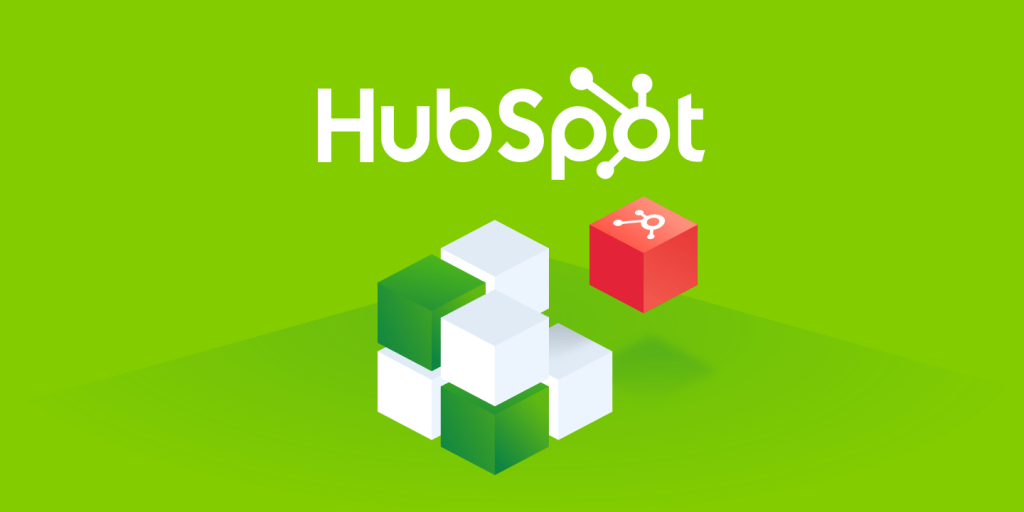Customer success teams do many different things – support, education, experience, etc. – but, really, their core effort is to make sure customers get the most out of your offering.
If you join a company after they’ve grown to 50-ish employees, you’ve no doubt heard about the “good old days.” Those times in the beginning when the CEO answered customer emails, everyone pulled themselves up by their bootstraps, and everything was beautiful chaos. What a scrappy bunch they were, right?
It’s easy to remember the beginning fondly. It’s just as easy to forget the struggles after they’re gone. There are some lessons that you need to learn on your own and are extremely valuable for personal, professional, and organizational growth. That said, not everything is that way. Sometimes it’s better to learn other’s lessons and use them to your advantage.
If you think of customers as the building blocks of your business, which they are, then you need to make sure they’re solid. That’s where customer success comes in. Customer success teams do many different things – support, education, experience, etc. – but, really, their core effort is to make sure customers get the most out of your offering. Meaning it’s a very important team, especially in the early days when your products and services are still developing.
We thought about putting together one of those awesome listicles, but then it dawned on us. We can sum up our advice for customer success at an early-stage startup in one line: Plan for the future.
We understand that customer success is a large undertaking and that there are nuances to getting it right. That said, we think this article will give a great jumping-off-point for your organization.
 Planning for the Future
Planning for the Future
Have you ever heard the saying, “an ounce of preparation is worth a pound of cure?” If you’re not familiar, what it means is that making small adjustments upfront can save a lot of time and energy down the line. To put it simply: have some foresight.
As we mentioned above, those early days at a startup can be hectic. In some ways, it’s a part of the fun of that environment. But, what isn’t fun is a year later when you realize you have 20 different sources for five different things and no one can remember where they documented that one problem you had that one time. Chaos is great for excitement, but horrible for scaling.
So, how do you avoid these pitfalls when you’re a small scrappy team? We have some suggestions: document everything, pick quality tools, offer top-notch support and know your metrics.
 Document Everything
Document Everything
What if you opened an Ikea box and found the instructions simply listed a phone number of someone who built the item before. You’d lose your mind, right? How on earth could they think that’s an effective solution? For starters, what if they’re busy with something else? Also, if they only built it once, do they really remember much?
Think of any process you have the same way. Eventually, someone will need to repeat the same thing, so, write it down. Obviously, there are going to be one-off issues and specific circumstances that don’t warrant spending the time to document.
So, consider having a guide of if you see something about a specific feature, issue or process come up more than five times you’ll make some sort of article about it. Documenting processes also means your staff will have more time to work on higher-value projects which saves you money. According to IDC – a market research firm – companies lose 20 to 30 percent each year due to inefficiencies.
 Pick Quality Tools
Pick Quality Tools
In the early days of a company money is usually a fairly scarce resource. You have a small customer base, any funding you’ve received – if any – is probably limited, and you need to make sure you’re stretching every dollar. Though it’s common to equate higher cost with higher quality, that’s not always true. Choosing bad products can cost you a lot of money. On average, large enterprises lose $7.4 million per year on unused software.
What we see as a quality product is something that not only serves your team presently, but will also continue to serve your team as it grows. In some cases that may require a higher upfront cost. However, more and more competition has evened out prices and made things more cost-effective.
So, instead of picking a lower-cost tool simply for the sake of it, think about other ways you can save money. For example, a lot of software charges per user. Instead of just assuming every person needs access to every program, be critical about who really needs it. Having a smaller number of licences of a premium product may be the same cost as more licences for a lower quality product.
 Have Strong Support
Have Strong Support
When you’re just starting out it’s normal to do everything you can to separate yourself from the competition. You want something memorable. When you’re in that mindset it’s easy to assume you need to do something crazy to stand out. According to research, happy customers spend 140% more than unhappy customers. So, how do you make happy customers? You should focus on three core aspects of support: quick resolutions, self-service options, and empathy.
- Quick Resolutions – It may come as no surprise, but what customers want is to have their questions and concerns addressed quickly and completely. It’s common to track first response time (FRT) but full resolution time may be a better measure of success.
- Self-Service Options – As we mentioned above, customers want quick solutions. One of the best ways to do that is through self-service options. The most effective options often include an AI chatbot that can answer routine questions by suggesting help center articles (it’s like Clippy on steroids).
- Empathy – Being able to understand your customer’s point of view is paramount to being able to provide great service. PwC found that only 38% of customers said the employees they interact with understand their needs. A few pro-tips to consider are: avoid assumptions, meet the customer at their level, and be present when communicating.
 Define Your Metrics
Define Your Metrics
It’s difficult to know how you’re doing if you don’t have any measures in place. Knowing what metrics you’re focused on not only helps give your team direction, it will also help you progress as you move forward.
Different teams and industries will have different metrics but there are a few that are pretty common for customer success teams to use: customer life-time value (CLTV), customer effort score (CES), customer satisfaction (CSAT), and churn (there’s no cool abbreviation for churn).
- CLTV – Lifetime value refers to the amount of money a customer spends over the entire time they do business with your company. Having this as a metric helps determine what a good acquisition cost target is. You can also dive in and see what items contribute to higher value customers so you can have an area of focus for feature adoption or a specific vertical.
- CES – A customer effort score is pretty straight-foward. It’s referring to how difficult it is for a customer to complete a specific task. You can use this data to reduce friction the customer is experiencing when using your product or service, or interacting with your team.
- CSAT – Customer satisfaction refers to how satisfied the customer is in general. Usually this isn’t meant to measure anything specific, but is more a broad measure of general sentiment.
- NPS – Like CES and CSAT, NPS measures customer sentiment. It’s interested in finding out how likely a customer is to refer your company to others and consists of only two questions. The first being a 1-10 scale asking how likely they are to recommend your company and then a free-text question asking why they gave the score they did.
- Churn – Churn is a measurement of how many customers you’ve lost over a given period of time. For example, you may look at churn per week, per month, or per quarter. In some industries – such as software, or subscription businesses – churn is an incredibly important metric to track.
Conclusion
Customer Success is no small matter. When you think about it, their success is your success. In the early days, during the chaos and excitement, it can be difficult to get all your ducks in a row, but will be well worth it if you do. And, really, it comes down to one thing: making choices as if your company will be around for the long run.
We understand that sometimes you will need to make some choices that don’t scale. That’s alright, but when you can, it’s best to invest in solutions that will last. Make sure you’re documenting your efforts. Someday, hopefully, someone else will need to repeat them. Pick tools that address your needs now and can grow with you.
Having strong support is needed in the early days when your product is still developing, and beyond. So, it’s good to invest in early. Last, make sure you’re defining your metrics so you know where you currently stand and can set goals for the future.
Following the suggestions we’ve made is by no means a magic-wand that will make everything run perfectly, but they can help you get started on the right foot. Sometimes, even the smallest boosts make all the difference.











